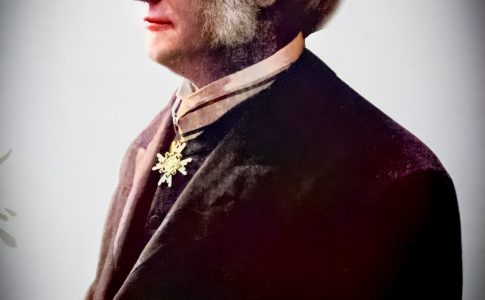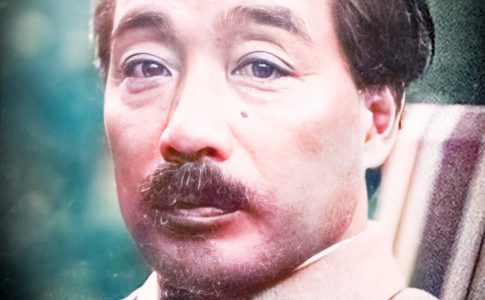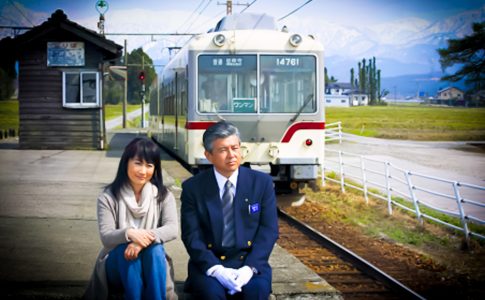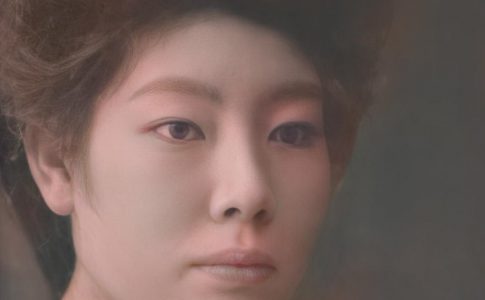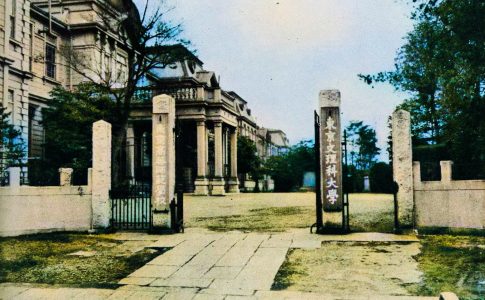Sunday, May 8 1921: Merriman Colbert Harris, a missionary, died
1921 (Taisho 10) Sunday, May 8: Merriman Colbert Harris, a missionary, died in the Harris house of Aoyama Gakuin University at the age of 75. Harris was born in Ohio in 1846. He served in the Union army during the Civil War. After the war, he graduated from Allegheny College and married Flora Lydia Best. In 1873, he came to Japan as a missionary of the American Methodist Episcopal Church (1873) with his wife. In 1874, he went to Hakodate, where he taught Christianity and also served as consul to the United States (1874). He lived in Japan for more than 50 years and had a great influence on Sapporo...

